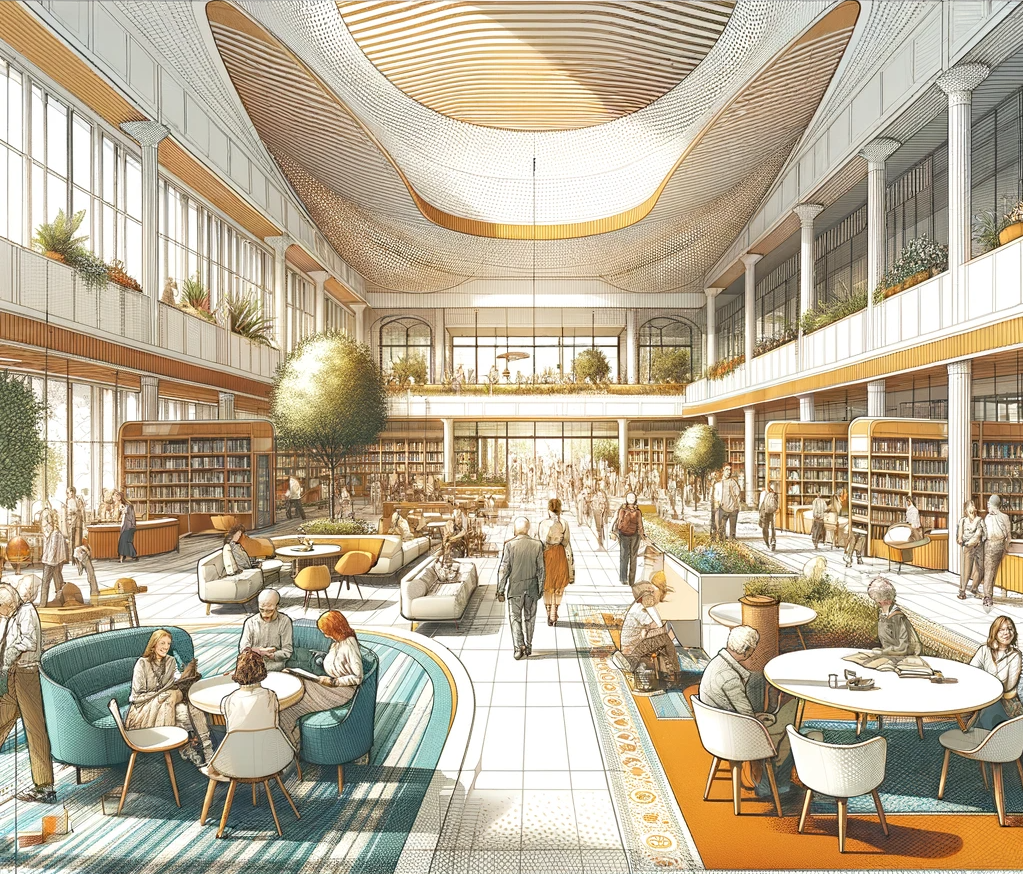Artificial Intelligence (AI) is profoundly transforming the built environment by enhancing efficiency, sustainability, and user experience across various aspects of design, construction, and urban planning. In design, AI-powered tools like generative design software enable architects to create multiple design iterations quickly, optimizing for factors such as spatial requirements, budget, and environmental impact. Building Information Modeling (BIM) integrated with AI helps predict potential design and construction issues, reducing errors and ensuring smoother project execution.

In the construction phase, AI is improving project management and on-site operations through predictive analytics and robotics. AI systems analyze data from past projects to foresee delays and cost overruns, allowing for proactive management. AI-driven robots and drones are taking on repetitive, dangerous tasks, enhancing safety and efficiency on construction sites. Additionally, AI-powered project management tools streamline resource allocation and scheduling, ensuring projects stay on track and within budget.





